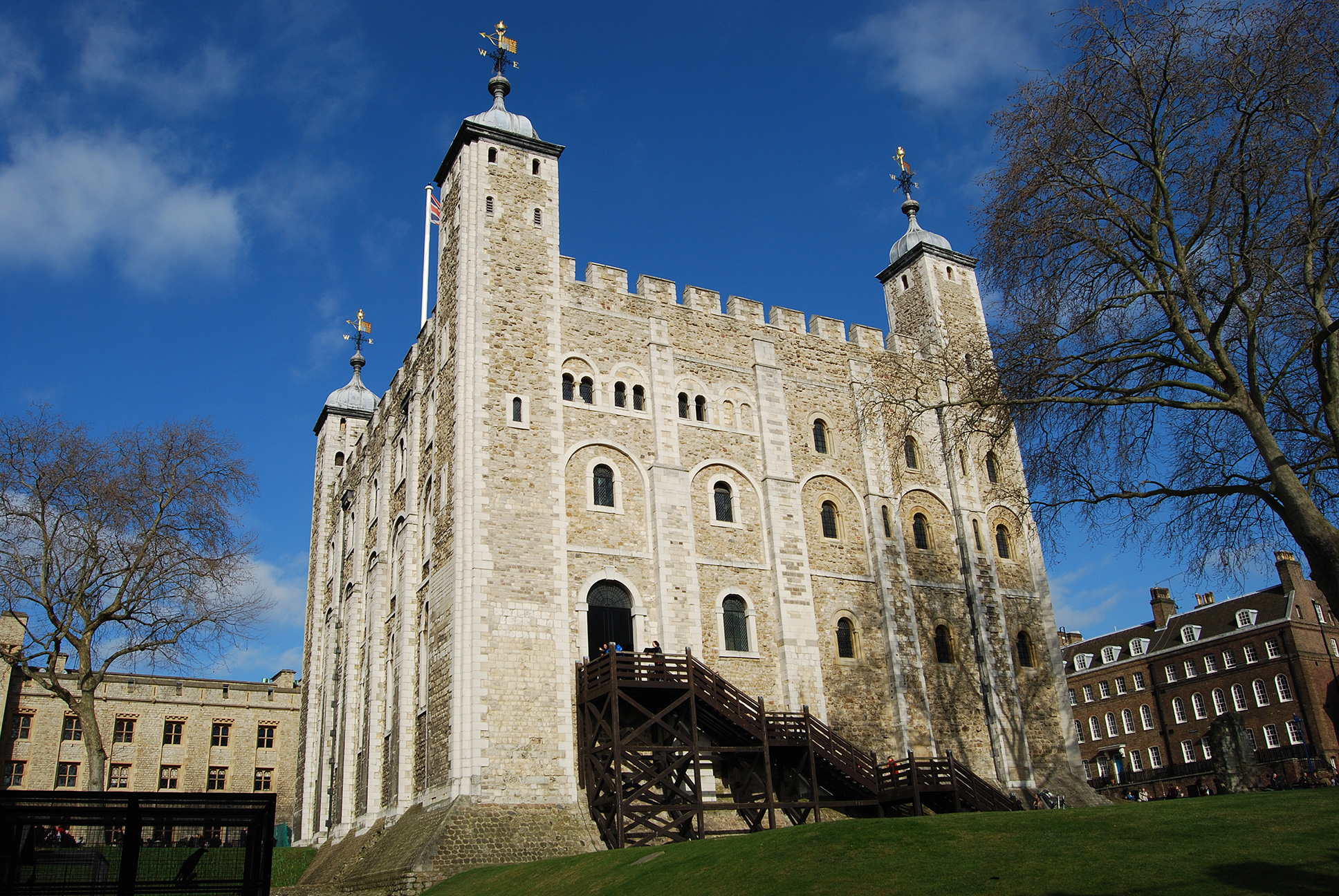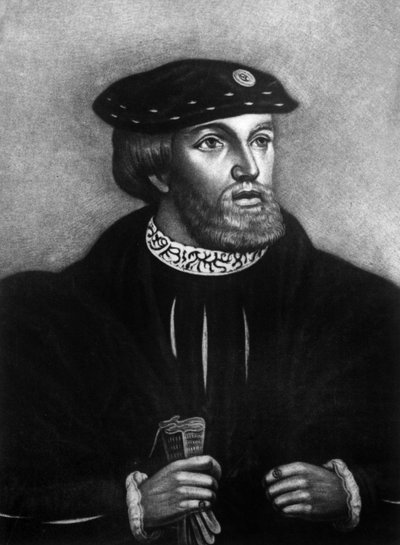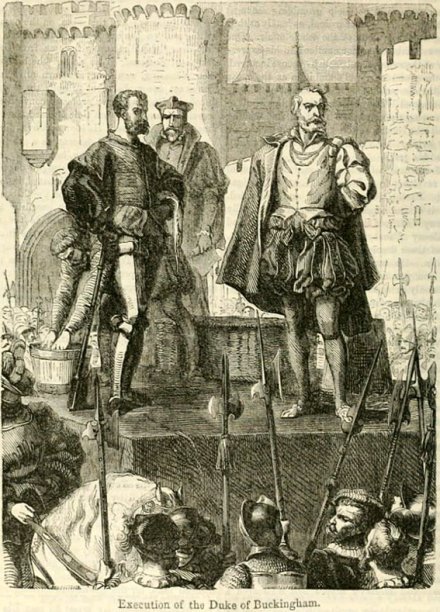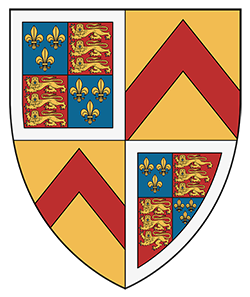Edward Stafford - 3rd Duke of Buckingham
Edward Stafford was an English Nobleman and first cousin once removed from King Henry VIII. He was also the 3rd Duke of Buckingham. Edward was born on February 3rd, 1478, at Brecon Castle in Wales. He was the eldest son of Henry Stafford, 2nd Duke of Buckingham, and Katherine Woodville, daughter of Richard Woodville, 1st Earl Rivers.

In October of 1483, Edward's father, Henry, was the central figure in the failed Buckingham's rebellion against King Richard III of England, a set of uprisings against the King, and had the backing of Henry Tudor, who was in exile. Henry Stafford was convicted of treason without trial and beheaded in Salisbury on November 2nd, 1483. Stafford's lands and honours were forfeited.
Edward Stafford is said to have been hidden in different houses in Herefordshire after the rebellion to keep him out of harm's way. After Richard III's death at the Battle of Bosworth Field on August 22nd, 1485, Henry Tudor was crowned King Henry VII. Edward Stafford was made a Knight of the Order of Bath as 3rd Duke of Buckingham on October 29th, 1485. He attended the King's coronation the following day.
On December 14th, 1490, Edward Stafford married Eleanor Percy, the eldest daughter of Henry Percy, 4th Earl of Northumberland. Edward and Eleanor would have a son and three daughters: Henry, Elizabeth, Katherine, and Mary. Edward also had three illegitimate children: George, Henry, and Margaret.

On November 9th, 1494, Buckingham was in attendance when Henry VII's second son, Future King Henry VIII, was elevated as Duke of York. In 1495, Buckingham was made a Knight of the Order of the Garter. In 1497, he served in the army, raised against the pretender to the throne, Perkin Warbeck, and regained his lands that were taken when his father was executed.
On June 23rd, 1509, Buckingham served as Lord High Steward at Henry VIII's coronation and was bearer of the crown. He was made Lord High Constable and a member of the Privy Council. On July 9th, 1510, Edward had a license to crenelate his manor of Thornbury, Gloucestershire, and set about transforming the manor house into an "impressively towered castle."
Edward was a captain during Henry VIII's invasion of France in 1513, leading 500 men-at-arms in the middle ward. In 1514, he was forgiven some of the debts that had been laid against him, and he was appointed to commissions of peace to keep order in south Wales along the Welsh Marches, but he was rebuked by the King in 1518 for not achieving the desired results.
In 1517, Buckingham was one of twelve challengers chosen to joust against the King and his companions, but he declined because he feared running against the King's person. Edward and his wife attended the Field of the Cloth of Gold in France in 1520, a summit between Henry VIII of England and Francis I of France.
Edward Stafford was among the few English peers with substantial Plantagenet blood and a claim to the crown, being a descendant of John of Gaunt. As constable and a descendant of Edward III through John of Gaunt, he was one of the most powerful men in England and, on at least one occasion during Henry's reign, had been considered a possible successor to the crown.

This made Henry VIII suspicious of Buckingham and his aspirations. In 1520, Henry ordered Cardinal Wolsey to watch Edward. The King examined witnesses against Stafford, and in April 1521, Edward Stafford was summoned to court from his castle at Thornbury. He was arrested on his way to court and held in the Tower of London.
Edward Stafford, 3rd Duke of Buckingham, was tried before a panel of 17 peers, accused of "imagining and compassing the death of the King" through seeking out prophecy from a monk named Nicholas Hopkins. The evidence against him was supposedly provided by disgruntled former members of Buckingham's household.
Buckingham denied all charges but was found guilty by the 17 peers, led by Thomas Howard, 2nd Duke of Norfolk, who condemned him while weeping. Buckingham was executed by beheading for high treason on Tower Hill on May 17th, 1521. He was buried in the Church of the Austin Friars in London.
On July 31st, 1521, Edward Stafford was posthumously attainted by an Act of Parliament, which disinherited his children from most of his lands and titles, which instead passed to the crown.
